Choosing the right automatic slitting machine for the plastics industry requires a combination of material properties, production needs, equipment performance, and cost-effectiveness. Here are the key steps and considerations:
1. Define slitting requirements
• Material type: determine the type of plastic to be slitted (such as PP, PE, PET, PVC and other films, sheets or coils), different materials have different requirements for the tension control of the slitting machine and the material of the blade.
• Material thickness: Thin films (e.g. 0.01 mm) and thick sheets (e.g. more than 1 mm) require different slitting methods (e.g., round knife, straight knife or ultrasonic slitting).
• Coil specifications: including the width and diameter of the raw material coil, the target width after slitting (e.g., how narrow the strip is slit) and the slitting accuracy (e.g., ±0.1mm).
• Throughput requirements: Choose semi-automatic or fully automatic models according to the production speed (e.g. how many meters per minute).
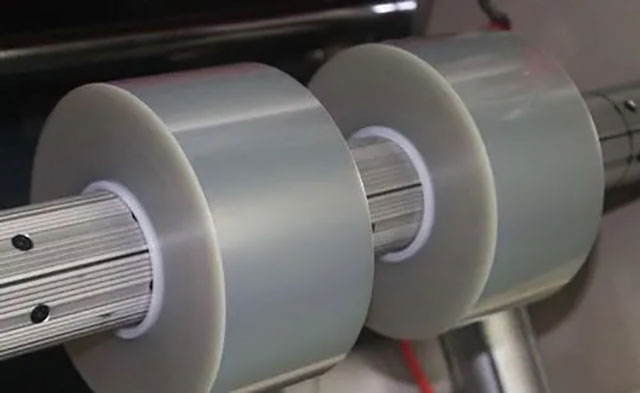
2. Select the type of slitter
• Round knife slitting machine:
◦ Applicable scenario: high-speed slitting of thin plastic films (such as packaging films).
◦ Advantages: high efficiency, flat incision, suitable for mass production.
• Straight knife slitting machine:
◦ Applicable scenario: Thicker sheets (such as PVC sheets) or high-precision slitting is required.
◦ Advantages: strong cutting force and strong adjustability.
• Ultrasonic slitting machine:
◦ Applicable scenarios: fusible or adhesive materials (such as composite films, non-woven fabrics).
◦ Advantages: no burrs, good edge banding effect, but high cost.
• Laser Slitting Machine:
◦ Applicable scenarios: high-precision, non-contact slitting (such as films used in the electronics industry).
◦ Advantages: No mechanical stress, but expensive equipment.
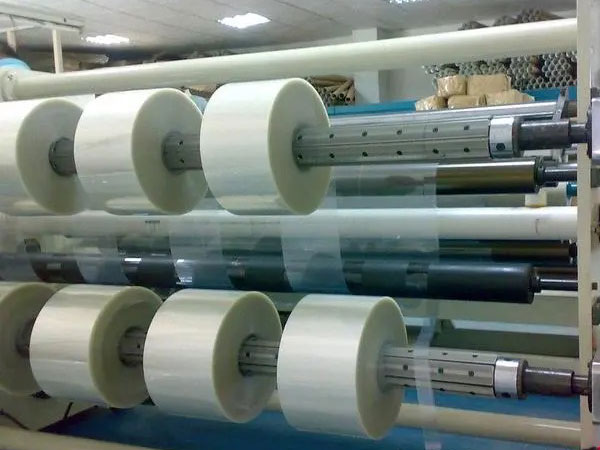
3. Core functions and technical parameters
• Tension Control:
◦ Plastic film slitting requires a high-precision tension control system (such as magnetic particle brake or servo control) to avoid stretching or wrinkling of the material.
• Web Guiding System:
◦ Automatic guiding devices, such as photoelectric or ultrasonic sensors, ensure neat slitting edges and reduce waste.
• Blade Material:
◦ Tungsten carbide or diamond-coated inserts are suitable for long-term slitting of high hardness materials.
• Degree of automation:
◦ The fully automatic model can integrate automatic roll change, in-line inspection (e.g. defect identification) and data logging, making it suitable for continuous production.
4. Equipment Supplier Evaluation
• Industry experience: Suppliers with a history in the plastics industry (e.g. customized solutions for BOPP films or flexible packaging) are preferred.
• After-sales service: confirm technical support, spare parts supply and repair response time.
• Cost comparison: Combine the initial price, energy consumption, maintenance costs, and capacity increase benefits (e.g., a 20% increase in slitting speed may offset the cost of high-priced equipment).
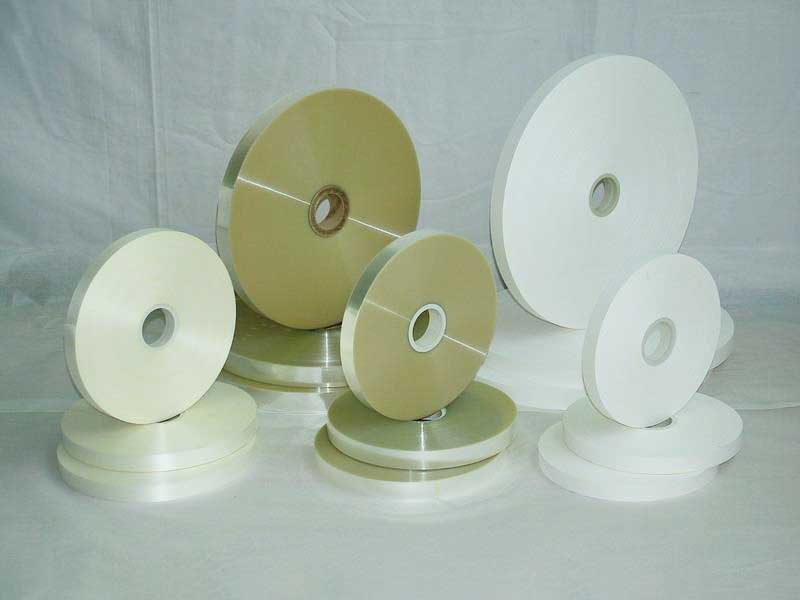
5. Safety and environmental protection
• Safety protection: ensure that the equipment has emergency stop, protective cover and static elimination function (plastic is prone to static electricity).
• Noise & Dust: Choose a low-noise design, or be equipped with a vacuum cleaner (e.g. debris from PVC).
6. Test and validation
• Sample testing: Provide actual materials to the supplier to test the machine and check the slitting quality (such as edge burrs, coiling flatness).
• Parameter optimization: Verify whether the parameters such as slitting speed and tension setting match the production demand.
Through these steps, it is possible to select a slitter that meets the needs of the current production and is scalable for the future, while balancing the return on investment. If there is a special process (such as slitting + rewinding machine), it is necessary to communicate with the supplier in detail about the customized plan.
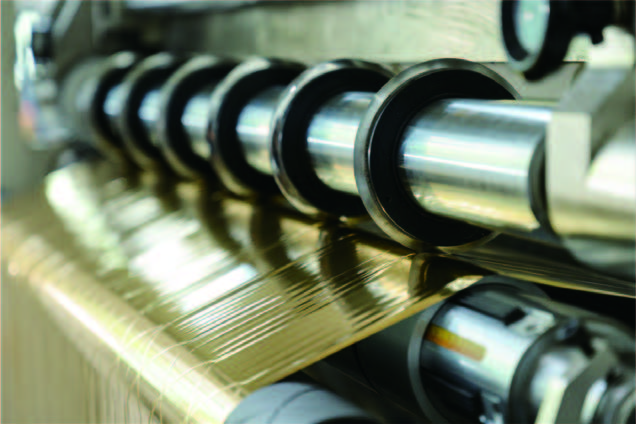 The Invisible Hand of Precision: How the Automatic Slitting and Rewinding Machine Reshapes Modern Industrial Warp and Weft
The Invisible Hand of Precision: How the Automatic Slitting and Rewinding Machine Reshapes Modern Industrial Warp and Weft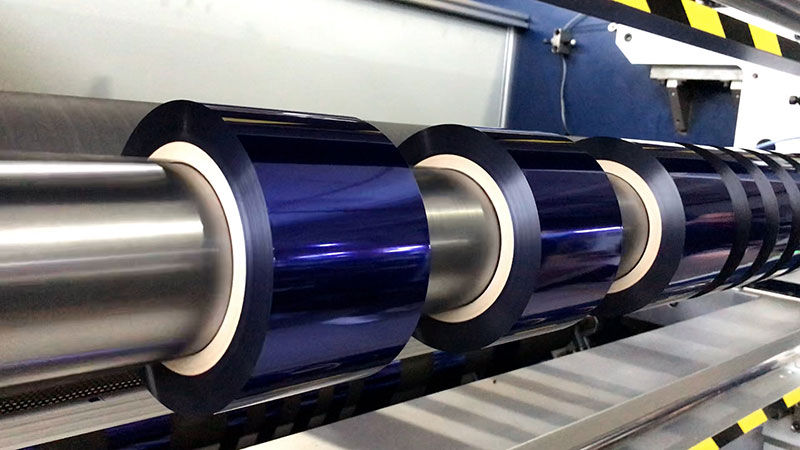 Intelligent slitting machine: one-click setting, fully automatic operation, reshaping a new benchmark in production efficiency
Intelligent slitting machine: one-click setting, fully automatic operation, reshaping a new benchmark in production efficiency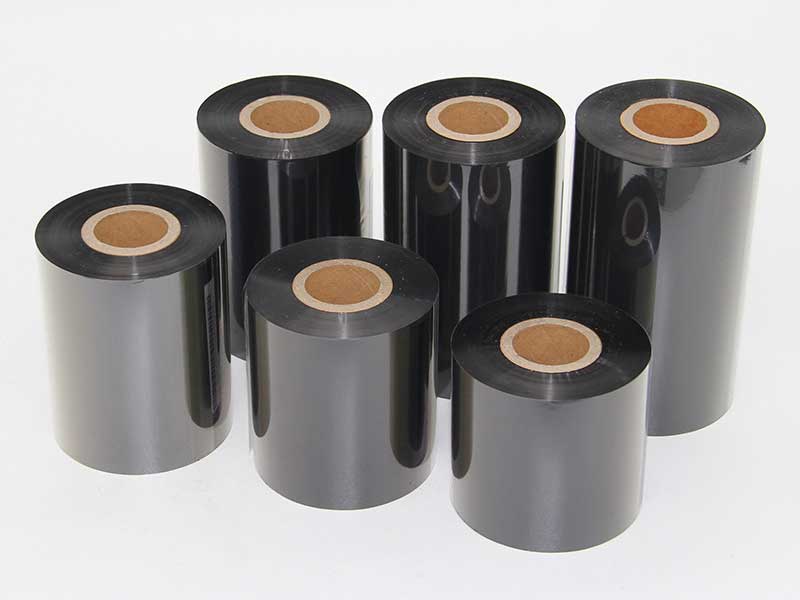 Automatic upgrade of ribbon slitting machine: a solution to increase production efficiency by 30%
Automatic upgrade of ribbon slitting machine: a solution to increase production efficiency by 30%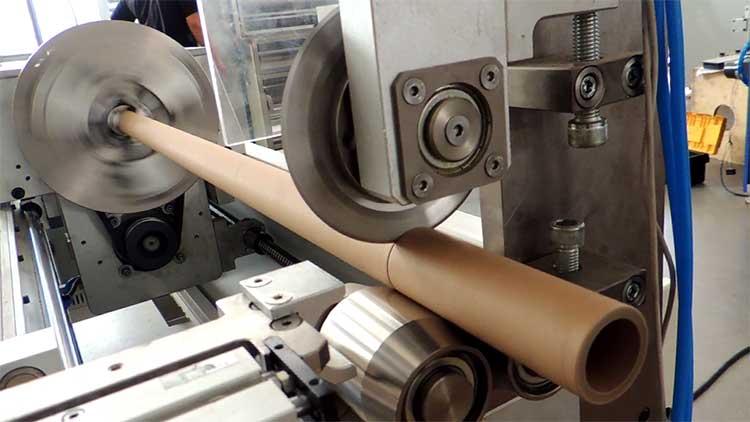 High long-term return on investment? How a paper tube cutting machine reduces operating costs
High long-term return on investment? How a paper tube cutting machine reduces operating costs One-click operation! Unveiling the core technology of the automatic hot stamping foil slitting machine
One-click operation! Unveiling the core technology of the automatic hot stamping foil slitting machine